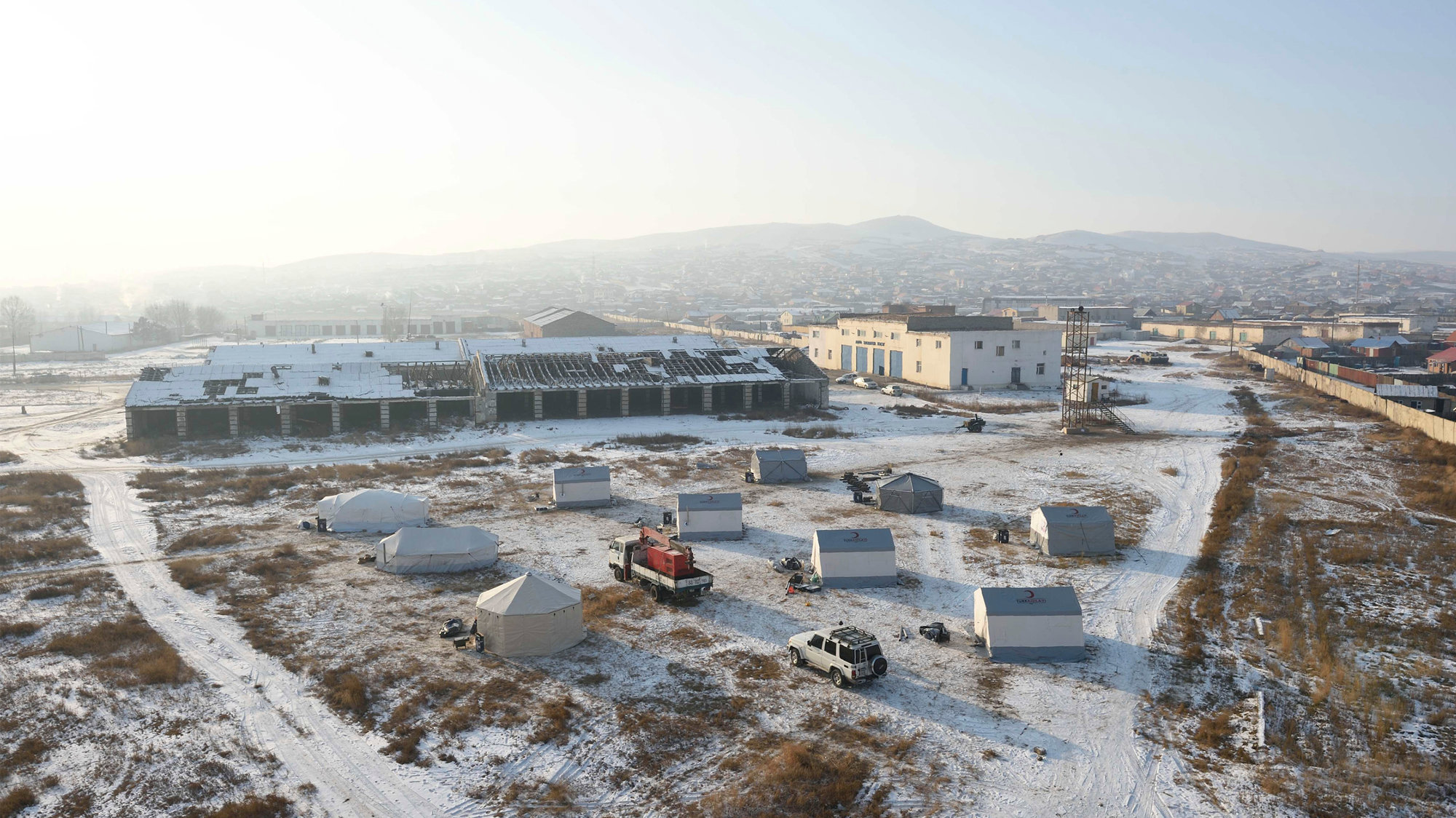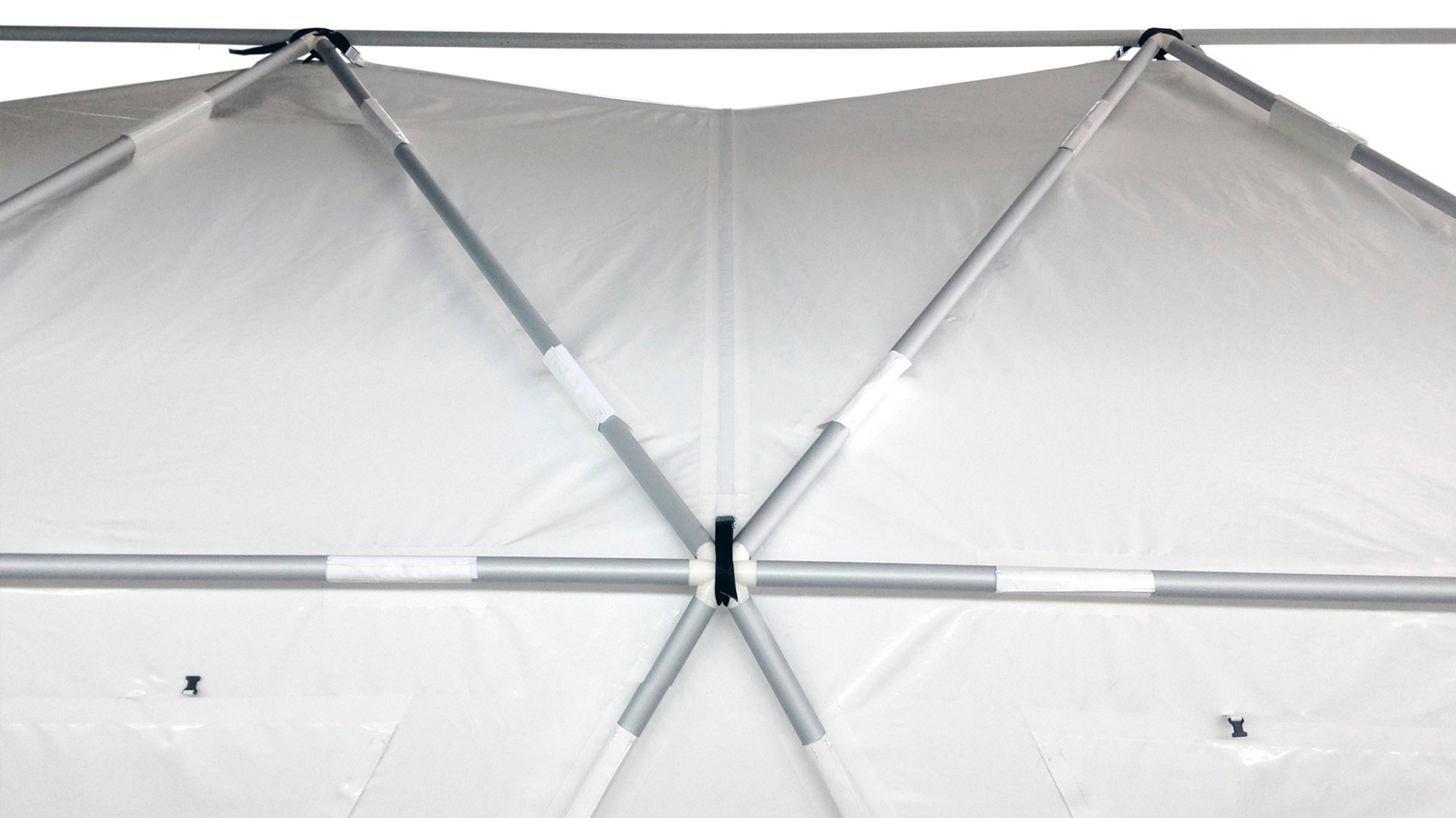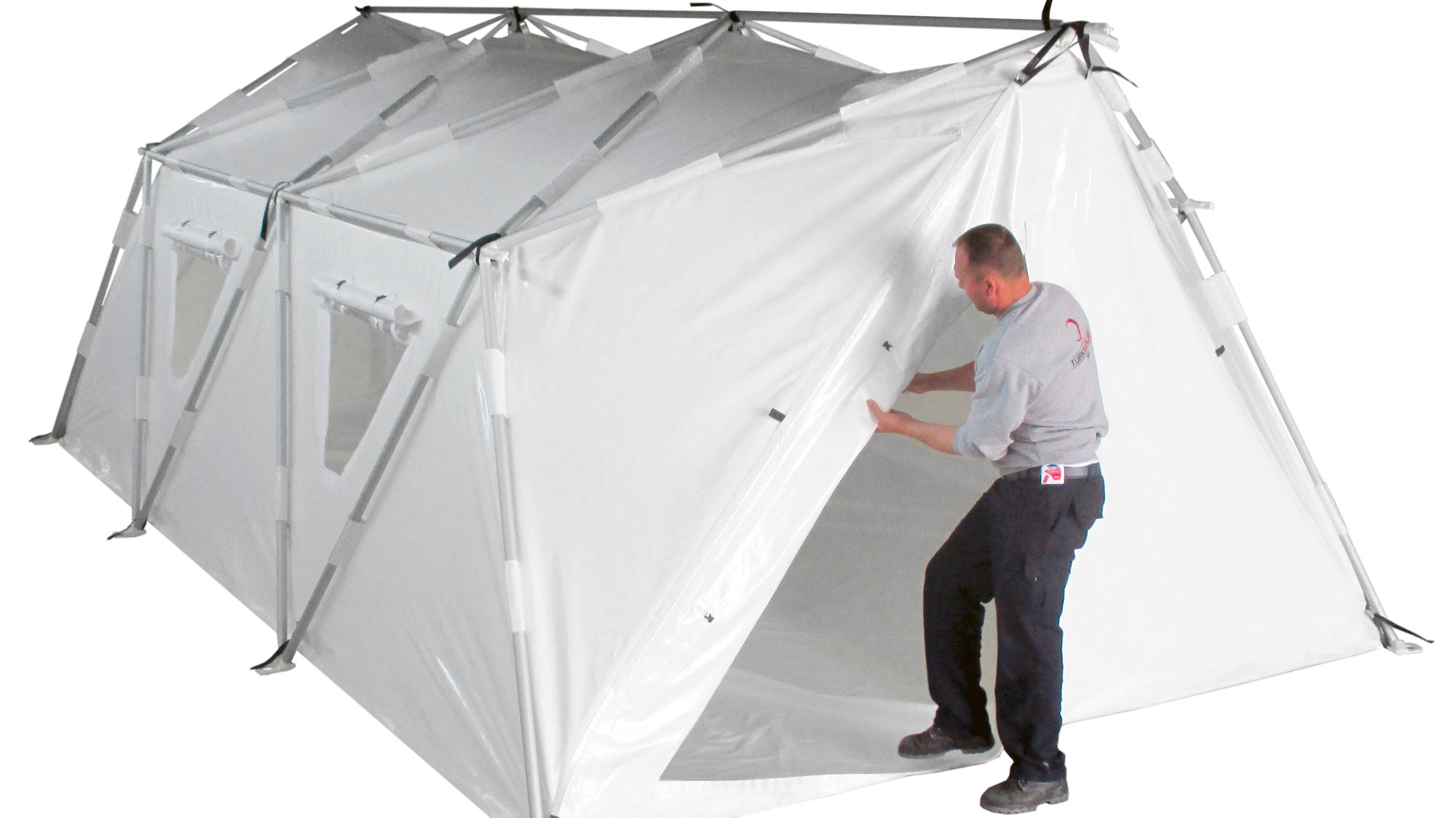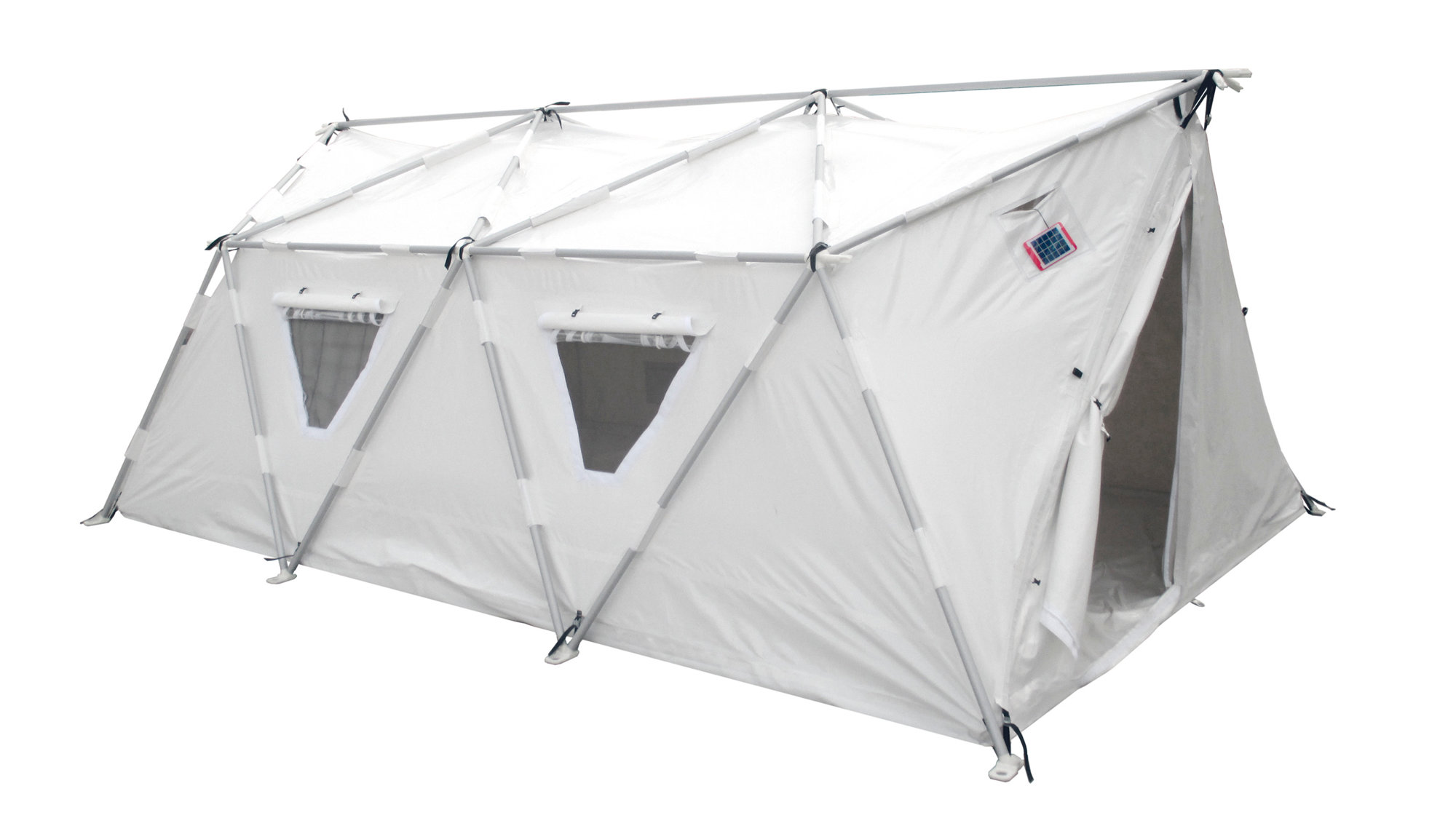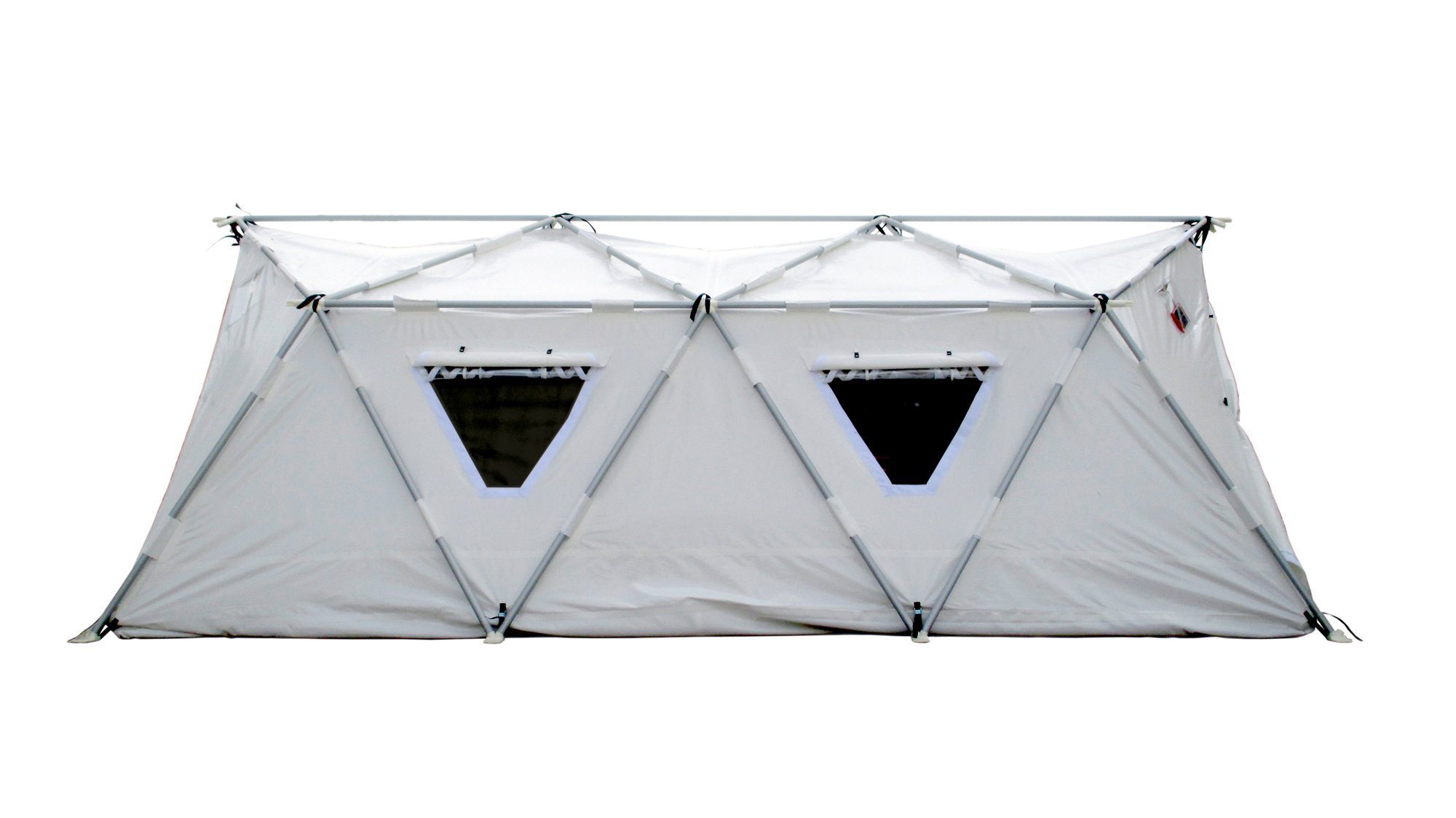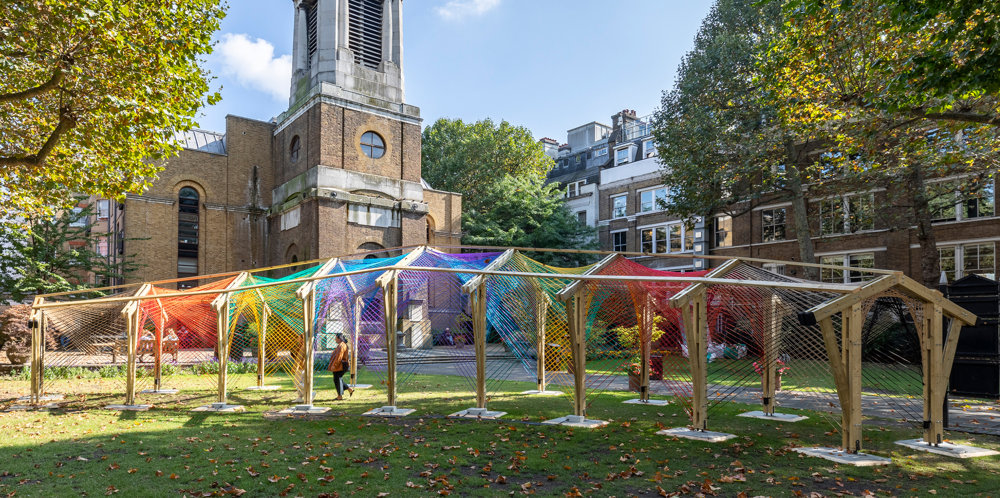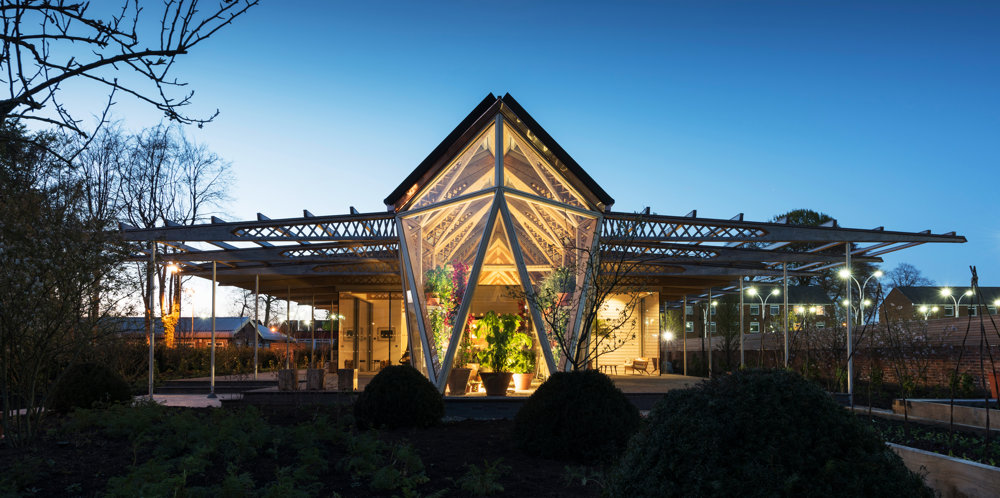Providing immediate shelter is one of the many challenges that disaster relief agencies face when responding to emergency situations around the world. Tents are an efficient solution as they can be transported and set up quickly. In addition, they need to be simple to erect and made with materials that can be readily sourced globally.
Historically, many options have been available for emergency response in warm climate. In recent years, climate change and successive humanitarian crises have increased the need for a viable and affordable solution capable to adapt to extreme weather conditions and difficult terrain.
The practice has been working with the International Federation of Red Cross (IFRC) - Shelter Research Unit, British Red Cross and Turk Kizilay to develop an emergency relief family shelter tent, that can provide immediate aid to disaster victims in countries with extreme cold weather conditions. The project is the first collaboration between the Red Cross and the private sector on technical innovation. It is hoped that the project will provide a new framework for private sector/NGO partnerships that can be replicated by other architectural/engineering and humanitarian organisations across the globe.
Conceived as an iterative design process, the design and engineering of the tent evolved following a cyclic process of prototyping, testing and analysis. The collaboration between the different agencies was an intense learning experience – the aim was not to design the most cutting-edge tent prototype, but to realise an emergency shelter that was grounded in real-world conditions in terms of materiality, buildability and cost. Updated designs were constantly put into production by the Red Cross for their ongoing disaster relief operations. The final design is currently being reviewed for inclusion in the IFRC’s Emergency Item Catalogue, making the specifications, design details and test results available globally, in the spirit of fostering collaboration and innovation, and reaching as many people in need as possible.
Foster + Partners assisted with the design, testing, prototyping and manufacture of the winterised tent, giving specific technical support on thermal analysis and structural optimisation. The final design features a diagrid external structure to improve stability, reduce weight and avoid cold-bridging. The structure uses poles of equal lengths and a single connector type. Having just two types of elements in the entire structure allows the tent to be built quickly and simply – it now takes four people just ten minutes to set up the tent, a sharp reduction from the limit of 40 minutes stated in the project brief. It provides a liveable space for a family of five, and when equipped with a heating source it can maintain an internal temperature of 15 degrees Celsius, even when outside temperatures are 30 degrees below freezing.
The design also incorporates an innovative enclosing solution. The inner and outer layers of a traditional tents are separate components, leading to time delays and mistakes during erection as well as inefficient thermal performance. The new tent is a single foldable composite shell made of an inner-layer of PET recycled felt, a controlled air gap mid-layer and an outer-layer of PVC, which allows for faster installation and better thermal insulation.









